In screen printing, when producing high-definition graphics, such as halftone dot images or fine text, in order to obtain a high-quality printing product, a screen with a high-accuracy capillary photosensitive film is often used to make a screen. This article will systematically introduce the key technologies and precautions that should be mastered in the process of making a photosensitive photosensitive film.
The process flow of making a screen plate using a capillary photosensitive film is shown in FIG. 1 , and the following aspects need to be explained.
1. Pretreatment
The use of capillary photosensitive films for making screens requires a high degree of cleanliness of the screen surface. As the screen is woven, made, and stretched, the surface will be stained with oil stains, and the filaments are extruded from the mold cavity at a certain temperature. The surface of the mesh is smooth, especially the heat setting using PET weaving. The screen, which is a weak polar material, has a small surface tension, and has low adhesion strength with adhesives, photosensitive adhesives, and the like. In order to solve this contradiction, it is necessary to process the screen before attaching the film to improve the adhesion of the screen and the photosensitive layer. Pre-treatment includes screen surface roughening and degreasing.
1) Coarse. Coarsening is to make the roughness of the mesh smooth, thereby increasing the bonding area between the photosensitive film and the screen, and improving the adhesion of the photosensitive film on the screen.
2) Degreasing. Degreasing removes oil from the surface of the screen, improves the hydrophilicity of the screen, makes the film more intimate between the film and the screen, and can more securely “grab†the screen that has been degreasing. Print force, an effective method for attaching thin lines and small dots in a graphic to a screen.
2. Attach the diaphragm
1) The effect of film on screen quality
Attaching a capillary photoconductive film to the screen is a very important procedure, and the quality of the film will affect many aspects.
1 affect the combination of the capillary speed sensitive film and screen fastness, screen printing resistance and screen life and recycling times;
2 affect the degree of thinning of the photosensitive membrane and the uniformity of the photosensitive layer on the screen;
3 whether there will be pin holes (sand holes) and saw teeth (dog teeth) on the screen;
4 Influence the sharpness of the edge of the line or dot and the size of the screen Rz value (surface roughness).
2) How is the operating environment different?
Changes in temperature affect the swelling rate of the photosensitive layer on the capillary photosensitive film. During the summer or when the temperature is high, the photosensitive layer swells rapidly. When the temperature is low, the film swells slightly. Therefore, if the winter film is still used in summer filming speed, there will be the following shortcomings:
A. The photosensitive layer has not yet swelled, it has already scraped off the water, resulting in the photosensitive film and the screen can not be completely secure;
b. After the dry photosensitive film is not fully swollen, whitening or white spots and agglomeration may occur on the screen printing surface;
c. If you ignore the above operation, the screen plate will be dropped when exposed. Even if you do not drop the film, it will reduce the resistance of the screen.
To solve the above problems, the following methods can be used.
a. Use dry sticking method as much as possible, and the mist water temperature on screen and capillary membrane should be maintained at 20~30°C.
b. When the capillary photosensitive film is affixed to the screen, the length of water residence time should be determined according to the temperature and humidity of the operating environment, so as to ensure that the photosensitive layer of the capillary film has a sufficient wetting process, and then scrape off the printing. Superfluous moisture on the surface of the capillary membrane. Such as the use of 18 # capillary film in the winter than the summer should extend the residence time of 10 to 15 seconds, and then scrape off excess water.
c. The length of stay can also be judged by whether the scraped water is sticky. If it is not sticky, it means that there is not enough time to stay before the wiper, and the mist can be evenly sprayed. If the residence time is too long, the photosensitive adhesive layer will be dissolved and thinned excessively, resulting in an increase in pinholes and irregularities in the pattern edges.
d. When using a dry-film capillary film, lay it on a flat, damp paper with a certain thickness, and then place the screen tightly against the photosensitive surface of the capillary membrane and spray it after compaction. Otherwise, the bottom of the capillary film scrapes excess moisture to cause local photosensitive film to stick unevenly, resulting in a pattern or spot after the capillary film is dry. With the wet method, the filming speed should be fast, and it should be close to the screen plate with uniform water film under the same pressure, and the excess moisture on both surfaces should be scraped and dried. (to be continued)
| Certificate |
ISO14001, ISO18000, ISO9001 Certificate,
and GS certificate from TUV Company of Germany.
|
| Color | Various, according to your requirements |
| Materials |
A. Plastic parts: Imported LLDPE E. Outer cover: Soft Covering PVC
(Different material is available according to your needs)
|
| Advantage |
a.Anti-UV
b.Anti-static
c.Security
d.Environmental protection e.Uneasy to lose shape |
| Function |
1.Can protect children safe when they playing indoor, and let they enjoy the play freely 2.Suitable for improving Children energy and imagination 3.Helping them grow up happily, cleverly, and healthily |
| Age Range | Children |
| Apply to | Amusement park, gymnasium, Kindergarten, Preschool, etc. |
| Packing | Standard export packing |
| Remark |
We can design and produce as your requirements |
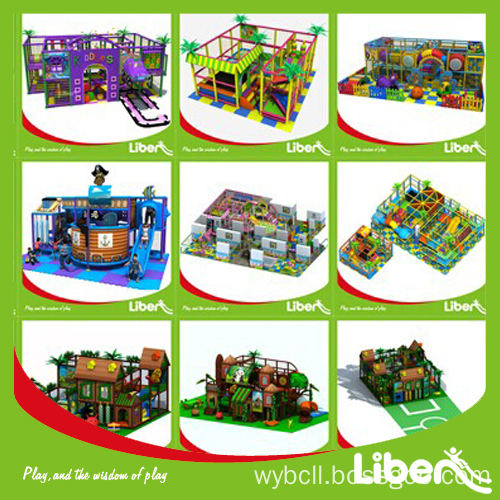

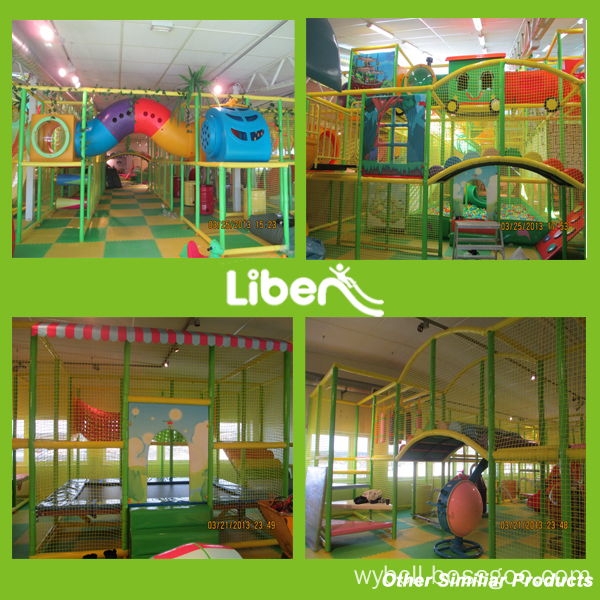
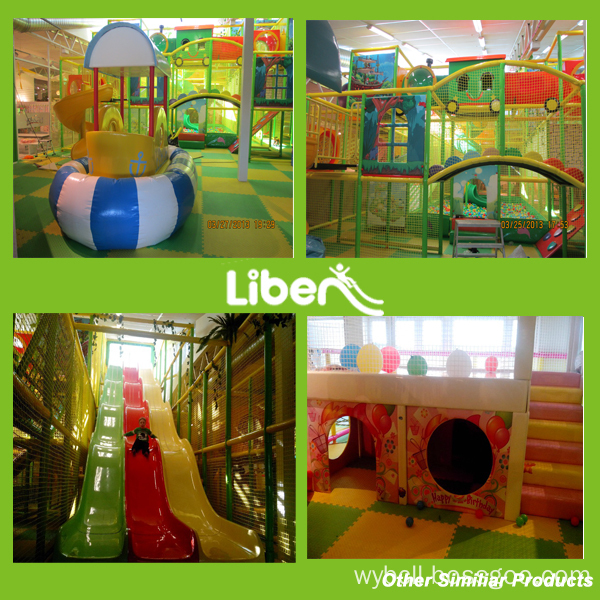
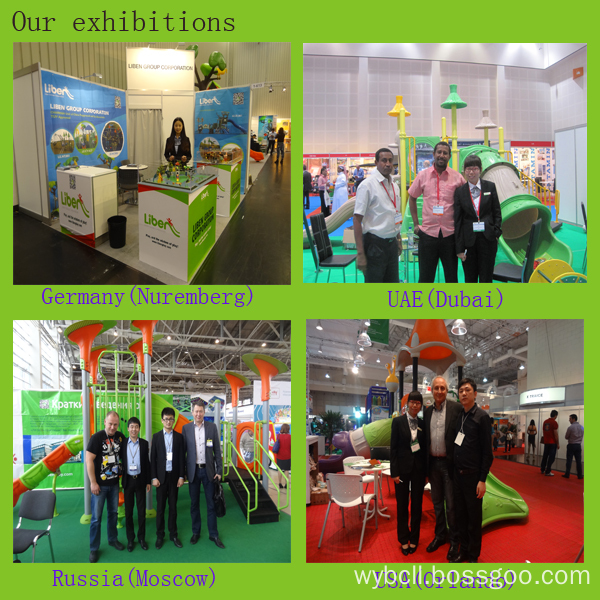
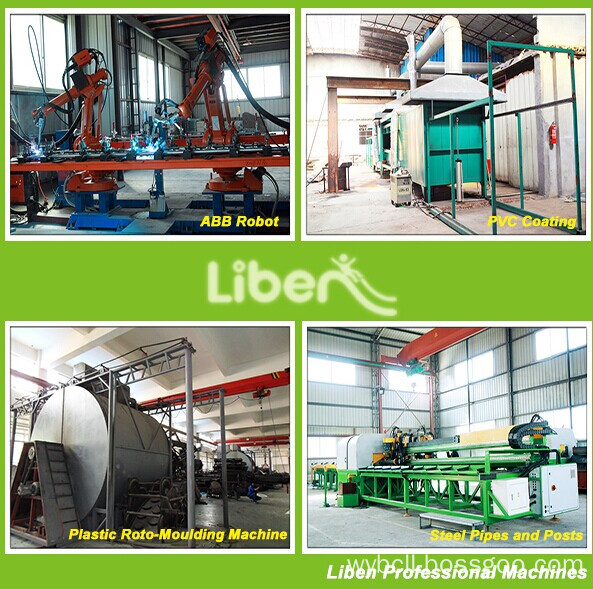
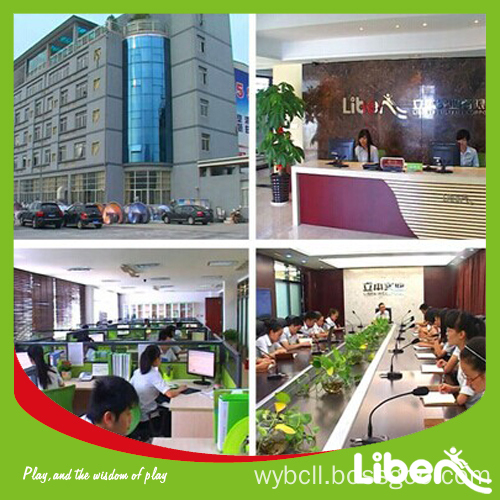
Kids Soft Play, Soft Play Areas, Childrens Soft Play, Soft Play Centre
Liben Group Corporation , http://www.trampolinearea.com